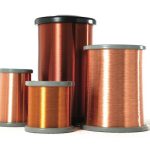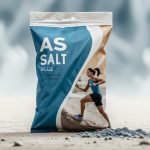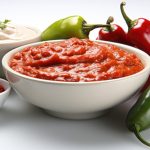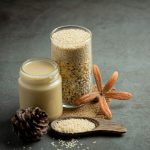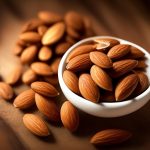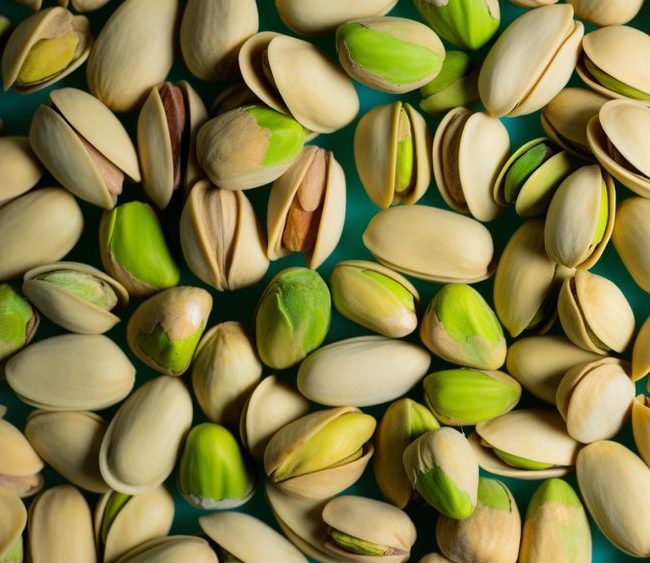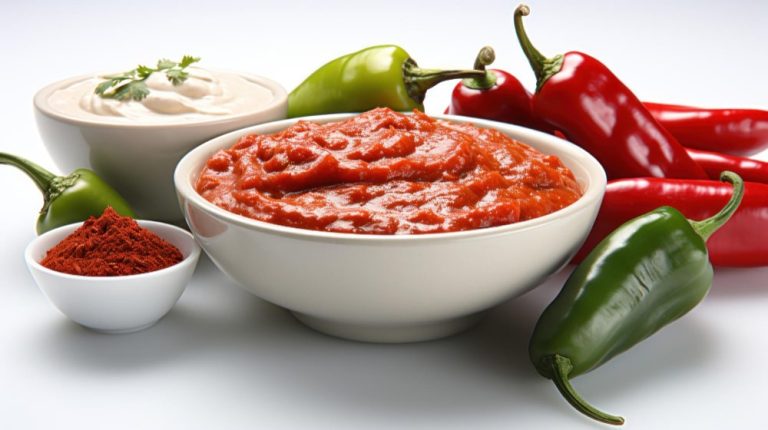Rebar, also known as reinforcing bar, is a cylindrical profile with a circular cross-section widely used in construction, especially in reinforced concrete structures. While the most common material for rebar is steel, there is a diverse range of types and applications in the industry. Let’s explore different types of rebar, their specifications, and their respective uses.
Why is Rebar Used in Construction?
Concrete exhibits exceptional compressive strength, but it lacks significant tensile and torsional strength. To enhance the tensile and torsional strength of concrete, reinforcing bars (rebar) are incorporated into the structure. The use of rebar in reinforced concrete structures helps improve their overall strength, durability, and resistance to various forces.
Types of Rebar Based on Material:
- European Rebar:
- Material: Primarily made of manganese.
- Characteristic: Known for high bendability.
- Application: Not recommended for seismic-prone areas or projects requiring a uniform structure.
- Carbon Steel Rebar (Black Rebar):
- Material: Basic carbon steel.
- Characteristic: Widely used in various projects.
- Weakness: Prone to corrosion, especially in humid conditions.
- Galvanized Rebar:
- Coating: Zinc coating for corrosion resistance.
- Application: Offers better corrosion resistance than black rebar.
- Note: Galvanized rebar is 40 times more resistant to corrosion than black rebar.
- Epoxy-Coated Rebar:
- Coating: Epoxy coating.
- Characteristic: Provides additional corrosion resistance.
- Consideration: The epoxy coating is delicate; increased damage reduces corrosion resistance.
- Fiber-Reinforced Polymer (FRP) Rebar:
- Material: Composite material.
- Application: Replaces traditional steel rebar, especially in corrosive environments.
- Advantage: Resistant to corrosion, making it suitable for aggressive chemical and marine environments.
Conclusion:
Choosing the right type of rebar depends on the specific requirements of the project, environmental conditions, and budget considerations. Each type has its advantages and limitations, and careful consideration is crucial to ensuring the longevity and integrity of the reinforced concrete structure.
FRP rebars can be utilized for the design and construction of new structures. These materials, with their unique properties, reduce the diameter and increase the spacing between rebars in reinforced concrete structures, including beams, tunnels, foundations, and more. Consequently, they lack resistance against vibrations caused by earthquakes or industrial equipment.
Stainless steel rebar, considered the best type for most existing projects, is also one of the most expensive available in the market. It costs approximately eight times more than epoxy-coated rebar. Nevertheless, the use of stainless steel is cost-effective only in specific cases, excluding general applications.
However, for those with a reason to employ it, stainless steel rebar offers 1500 times more corrosion resistance compared to black rebar. It finds usage in grids, reinforcements, supports, and even ornamental elements like forged works. Its primary application lies in the road and construction industries to compensate for the tensile strength of concrete.
Reinforcement bars, derived from hot-rolled steel billets, are employed to enhance resistance against various tensile forces due to their specific technical characteristics. The primary feature of these reinforcement bars is their extremely high tensile strength. They can be bent up to 180 degrees and easily integrated into different sections of structures.
Transverse bars, another type of reinforcement bars, undergo a polishing process to refine their surfaces. Besides construction purposes, these bars are also utilized for decorative functions. There exist various types of transverse bars, each employed in different situations based on their features and applications. Some significant types include:
- Bearing transverse bars
- Duplex
- Wire mesh
- Six-rib transverse bars
- Crushed stone transverse bars
- Welded wire fabric (WWF) consists of rods arranged in a grid-like pattern and welded at intersection points. The rods used in this product are of high-carbon steel and lack flexibility. Consequently, they are typically used to flatten concrete in foundations, walls, bridges, roads, and more.
Heavier welded wire meshes find usage in walls, asphalt roads, box-like structures, drainage systems, and small concrete channels.
Metal reinforcement bars for mesh production Metal reinforcement or reinforced mesh wire is another suitable product for concrete. Mesh wire consists of intersecting lines of steel reinforcement bars. Typically used in areas requiring substantial concrete thickness or lightweight concrete reinforcement, mesh reinforcement finds application in walkways and small concrete surfaces, as they withstand significant pressure without deformation.
The categorization of reinforcement bars can also be based on their sizing, each with varying thicknesses and diameters tailored for specific purposes. Different sizes of reinforcement bars include:
- Rebar #8
- Rebar #10
- Rebar #12
- Rebar #14
- Rebar #16
- Rebar #18
- Rebar #20
- Rebar #22
- Rebar #25
- Rebar #28
- Rebar #32
These reinforcement bar types categorized according to Russian standards are as follows:
- Rebar (A1) – Grade S240
- Rebar (A2) – Grade S340
- Rebar (A3) – Grade S400
- Rebar (A4) – Grade S500
- Steel grade A-1 is of the smooth type, with a yield strength and ultimate tensile strength of 2400 and 3600 kilograms per square centimeter, respectively.
- Steel grade A-2 is of the ribbed type, featuring a yield strength of 3400 and ultimate tensile strength of 5000 kilograms per square centimeter.
- Steel grade A-3, also ribbed, exhibits a yield strength of 4000 and ultimate tensile strength of 6000 kilograms per square centimeter.
Rebar A1
is essentially a plain bar without any ribs or indentations on its surface. This type of rebar, commonly known as “ductile rebar,” is a steel cylindrical rod consisting of approximately 24% carbon and 60% silicon in its chemical composition. Due to this composition, compared to A2 to A4 rebar types, A1 is relatively softer and has lower tensile strength.
Rebar A1 exhibits a yield strength of 2300 kilograms per square centimeter and an ultimate tensile strength of 3800 kilograms per square centimeter. It is recognized as a softer rebar type, typically smooth and devoid of ridges or ribs. This type of rebar is suitable for blacksmithing and welding purposes.
A1 grade rebars, owing to their low-carbon chemical makeup, are considered ideal for welding applications. However, in terms of hardness, they belong to the softer rebar category.
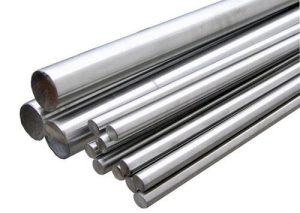
Rebar A2
is a type of ribbed rebar characterized by continuous helical ridges running along its entire length without interruption. This kind of rebar is also known as spiral ribbed rebar due to its spiral appearance.
With a yield strength of 3000 kilograms per square centimeter and an ultimate tensile strength of 5000 kilograms per square centimeter, along with a relative plastic deformation during yielding, Rebar A2 is recognized as semi-brittle and semi-soft. In the Iranian National Standard 3132, this rebar type is identified as Ribbed Rebar 340.
Rebar A2 proves to be a highly suitable option for light construction purposes and is even used in raw material production for its specific characteristics.







